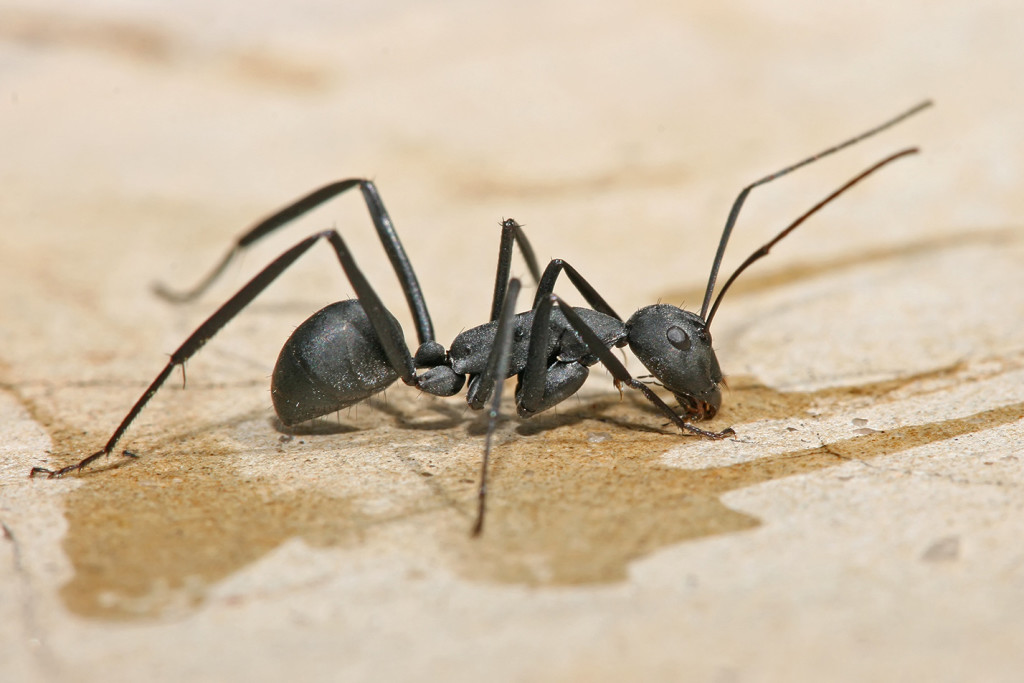Ants are the some of the most frequent pests in homes and commercial buildings. They contaminate food, hollow out wood resulting in damage to structures, and build mounds on one’s property. They are a nuisance by many standards. Some species, for instance fire ants can inflict painful stings which can be fatal to individuals who are hypersensitive. It is important to note the kind of species existing around your property, as it will determine the kind of technique you will use in getting rid of the ants. To identify the species, collect a few of the ants in a plastic bag and contact an entomologist or a reputable ant control company. Some common species include: carpenter ants, pharaoh ants, odorous house ants, pavement ants, and acrobat ants. Let us delve into some ant management techniques:
When controlling ants, many people only spray the ones that they can see on the surface. However, this fails because the ants on the surface are only a fraction of the massive colony, where there could even be queens which lay eggs in a nest. To effectively control ants, you must eliminate the queens as well as other members of the colony, apart from those on the surface.
Baits
Using insecticide baits is an effective technique for getting rid of ants which are indoors. This is because there are many hiding sites for ants, for instance, behind appliances, beneath floors and behind door and window frames. It becomes very difficult to identify the exact location of the colony. Foraging ants will carry the insecticide back to the nest, feeding it to the other colony members, including the queens. This ultimately destroys the entire colony.
The baits should be placed where the ants can be seen. Avoid using any other insecticides as it will prevent the ants from feeding on the bait. You will notice increased activity around the bait. Over time, activity will decrease as many ants will have died. You can place other insecticide baits where you see ants.
You need to monitor whether the insecticide baits are effective. If they are not, try other brands, as ants could be picky when it comes to food selection. A sustainable feeding with the bait is required for results to be seen. If your efforts fail, you may call in a professional pest control firm, as they have an array of products that they can use.
Liquid Insecticide
For this technique to be effective, the nest’s location must be noted. Place small honey or jelly dabs on an index card near where you see ants. They will feed and head back to the nest. If the nest is located below the ground, spray or drench the nest location with a liquid insecticide. If the colony is large, use a bucket to apply the liquid insecticide.
- Granular Bait Products
Sprinkle the bait beside the mounds, pavement cracks and any other place where ants are trailing.
- Caulking
Caulking around windows, utility pipe openings and door thresholds ensures that ants do not enter the house.
- Spraying
Spraying a liquid insecticide around the building’s perimeter-on the outside- will also prevent them from entering the house. Spray a 2 to 6 foot swath along the ground that is adjacent to the foundation, and a 2 to 3 feet one up the wall of the foundation. Treat all entry points, including trails and where utility pipes get into the house.
It is important to contact an entomologist or a reputable pest control firm before application of the above techniques. They will help you determine the species you are dealing with, thus advice on the most effective technique. Do not spray your yard, or use granular insecticides as you could eliminate even the useful ants.
